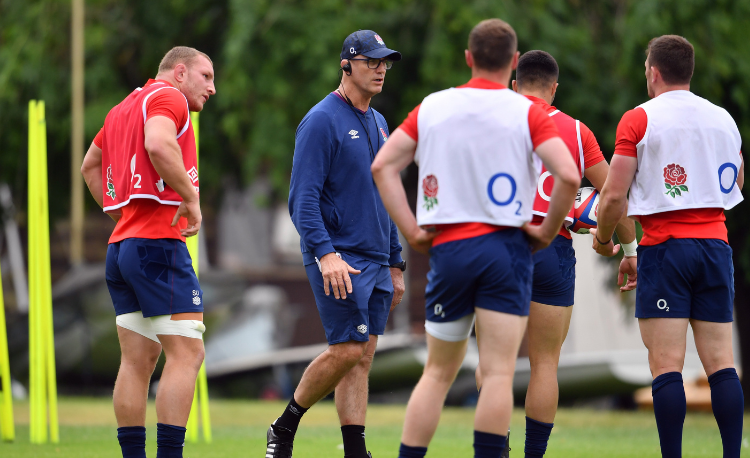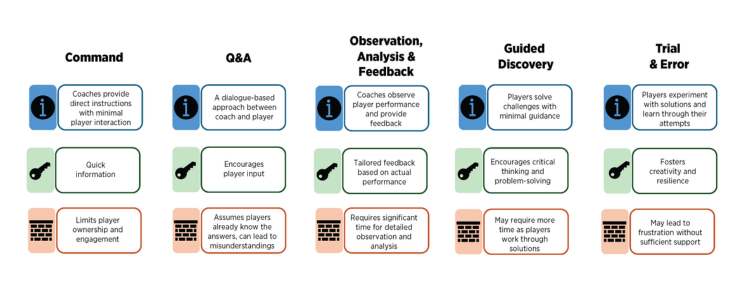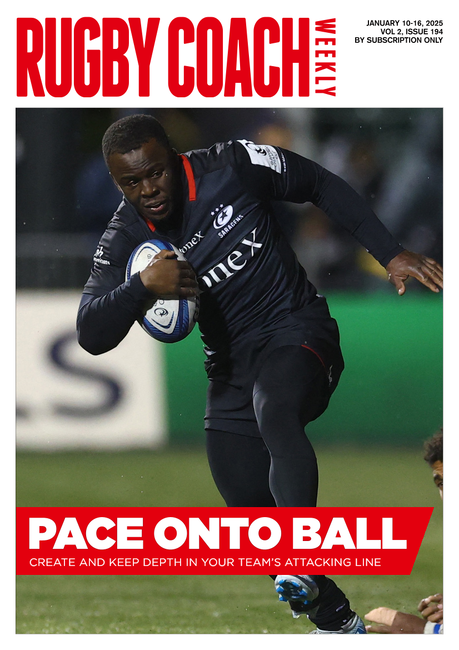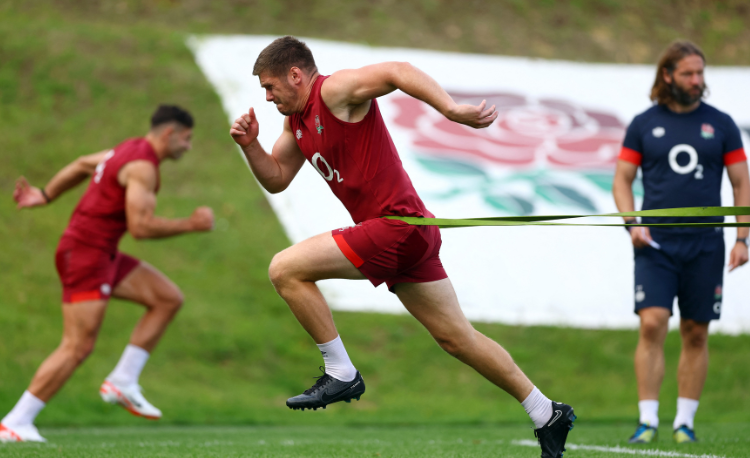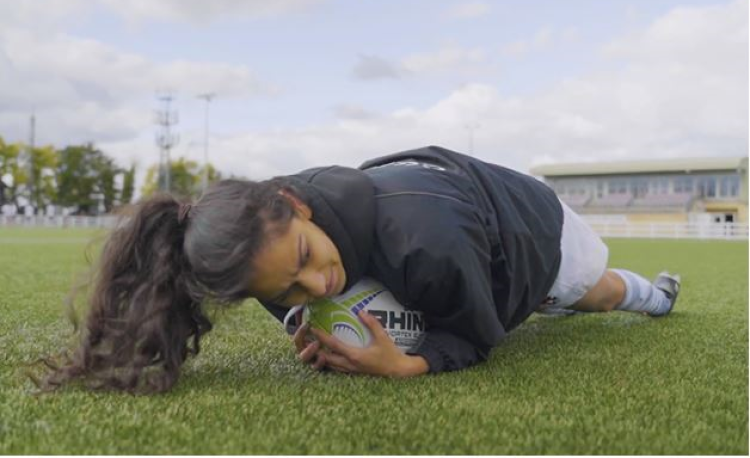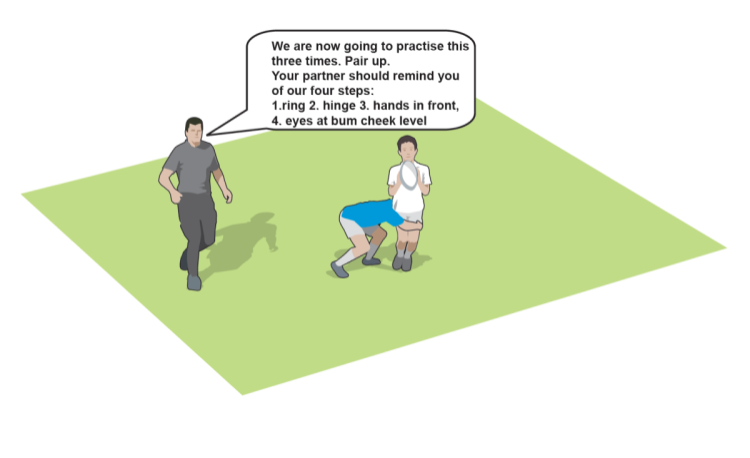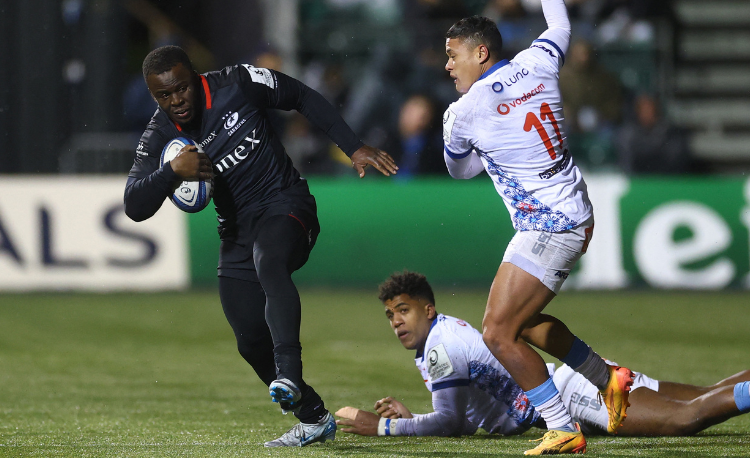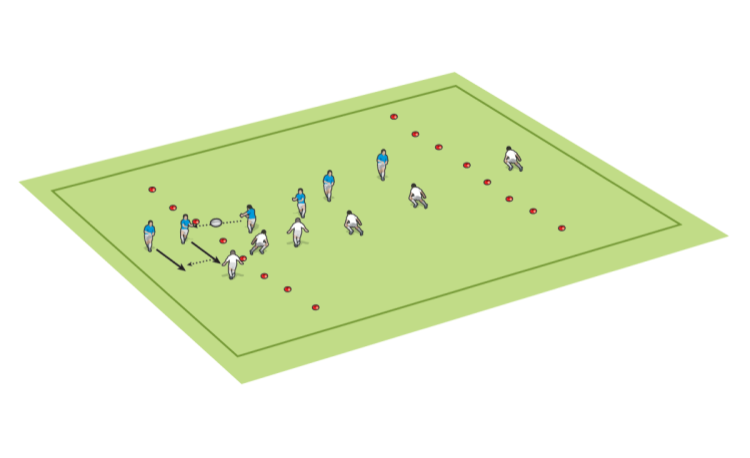Speaking in riddles
A guide to different strategies for getting our message across and why we must strike a balance between questions and direct instruction to enhance player learning and development... From the Undercover Coach.

I recently caught up with a coaching colleague, and we had an interesting conversation about the art of asking questions.
I explained that, at times, I found myself asking players unnecessary, or perhaps poorly thought through, questions when, in fact, a different, and more direct, method, could have benefited the learner more.
My colleague shared a great anecdote from a golfing lesson he took part in. The coach had tried to teach him to drive the ball simply by asking him many questions.
He explained to me that, after 20 fairly painful minutes, and despite his best efforts to answer the questions, he was having no success whatsoever.
Shortly after this experience, another coach joined him, and told him a couple of key points to consider when swinging his club.
He noted that – even to this day, 10 years on from the experience – he can still remember the exact information, and subsequent success, the coach had given him.
So, in this particular example, being told precise information directly proved to be more beneficial in the learning process than being asked questions.
Ironically, from this, a number of questions sprang to my mind.
Why do we ask the players questions? What if the learner does not actually know the answers to them? Do we ask too many questions, when other strategies could be used more effectively? How many other strategies or methods are there that we could use? And how do I learn more about this?
As a matter of good timing, a few days after my colleague shared his anecdote, I was listening to a podcast, in which a group of coaches discussed the different strategies that can be used, regardless of age and environment.
The content and depth of this chat struck a chord with me, as they went into detail about how each of these different strategies can be broken down.
Subsequently, I began to reflect on the relationship between the following different methods.
Command
This is where the coach informs the players what they are going to do.
An example of this would be a direct instruction, with limited interaction between the coach and the player.
This method is all about the coach getting information across to the player as quickly as possible. A potential challenge is that it restricts the player’s ownership of the information, as they are being given the answers by the coach.
Q&A
This involves far more interaction and dialogue between the coach and the player. The coach will ask both open and closed questions, to which the player will try to respond with the answers.
A challenge with this approach is that we assume the players always have the answer. What if they don’t?
Are we asking the individual too many questions? And, because of this, are we actually drowning the player with far too much information, problems to solve or decision-making?
Observation, analysis, feedback
Here, the coach makes a deliberate decision to step back, and allows the players to solve problems and/or make decisions for themselves for a set period.
Having observed and analysed, the coach then delivers feedback to the players, based on what they observed.
This may simply be a case of highlighting good practice – for example: “Your decision to pass the ball back inside there was great. I liked why you did it, because of X, Y and Z…”
Guided discovery
This is where you set the players several challenges – for example, constraint or scenario-based – which they must solve.
For instance: “Can you show me how to score when faced against a team which defends with a high level of pressure and line speed?”
The coach’s challenge is knowing when to step in and support the players in the problem-solving process, and when to sit back and allow them to continue to solve the scenario or constraint themselves.
Trial and error
This is arguably the most free-thinking method, where the coach sets a challenge, problem, constraint or scenario and allows the players to solve it with very limited support.
The coach sits back and observes how the players respond and adapt.
The onus is on the players to try a variety of methods until, ultimately, they begin to ’discover’ success.
What we should consider as coaches
Taking the above into consideration, I would encourage you to reflect on the following.
If we ask players questions, we are asking them to take ownership of their learning. I wish I had been exposed to more coaches who used this method when I played the game.
It contrasts with monotonous and repetitive drills, followed by direct command-style feedback, with very little interaction between the coach and the players.
However, the challenge that lies with the Q&A approach comes with knowing what questions to ask and when to ask them.
Too often, we overlook ‘questioning’ as a skill. Have you ever caught yourself asking a question and then having to rephrase and re-shape it almost immediately?
Give time and thought to the questions you might ask. When you decide it’s time to intervene with a question, make it a powerful one, which engages the players and makes them think.
As with all these things, it comes down to a matter of balance.
Yes, the Q&A approach is a great method for encouraging players to own their understanding and development, but other methods must be employed alongside it.
Most of the strategies discussed here are intertwined. In fact, this article is more of a discussion around Q&A vs. Command.
I’ve observed coaches who have been worried about using the ‘command’ strategy, for fear of robbing the players of learning themselves. Still, if used sparingly and correctly, it can have a positive impact.
To come full circle on this, it is not necessarily a case of asking too many questions – but more of knowing what questions to ask and when to ask them.
Suppose we can find a positive balance between allowing the players to explore, supporting their learning through Q&A, and giving them direct snippets of information. In that case, we are taking a holistic approach to supporting the players.
If we constantly ask poor questions that we have to repeat or reshape, then we are setting riddles, not asking questions.
Related Files
Newsletter Sign Up
Coaches Testimonials

Gerald Kearney, Downtown Las Vegas Soccer Club

Paul Butler, Florida, USA

Rick Shields, Springboro, USA

Tony Green, Pierrefonds Titans, Quebec, Canada
Subscribe Today
Be a more effective, more successful rugby coach
In a recent survey 89% of subscribers said Rugby Coach Weekly makes them more confident, 91% said Rugby Coach Weekly makes them a more effective coach and 93% said Rugby Coach Weekly makes them more inspired.
Get Weekly Inspiration
All the latest techniques and approaches
Rugby Coach Weekly offers proven and easy to use rugby drills, coaching sessions, practice plans, small-sided games, warm-ups, training tips and advice.
We've been at the cutting edge of rugby coaching since we launched in 2005, creating resources for the grassroots youth coach, following best practice from around the world and insights from the professional game.
